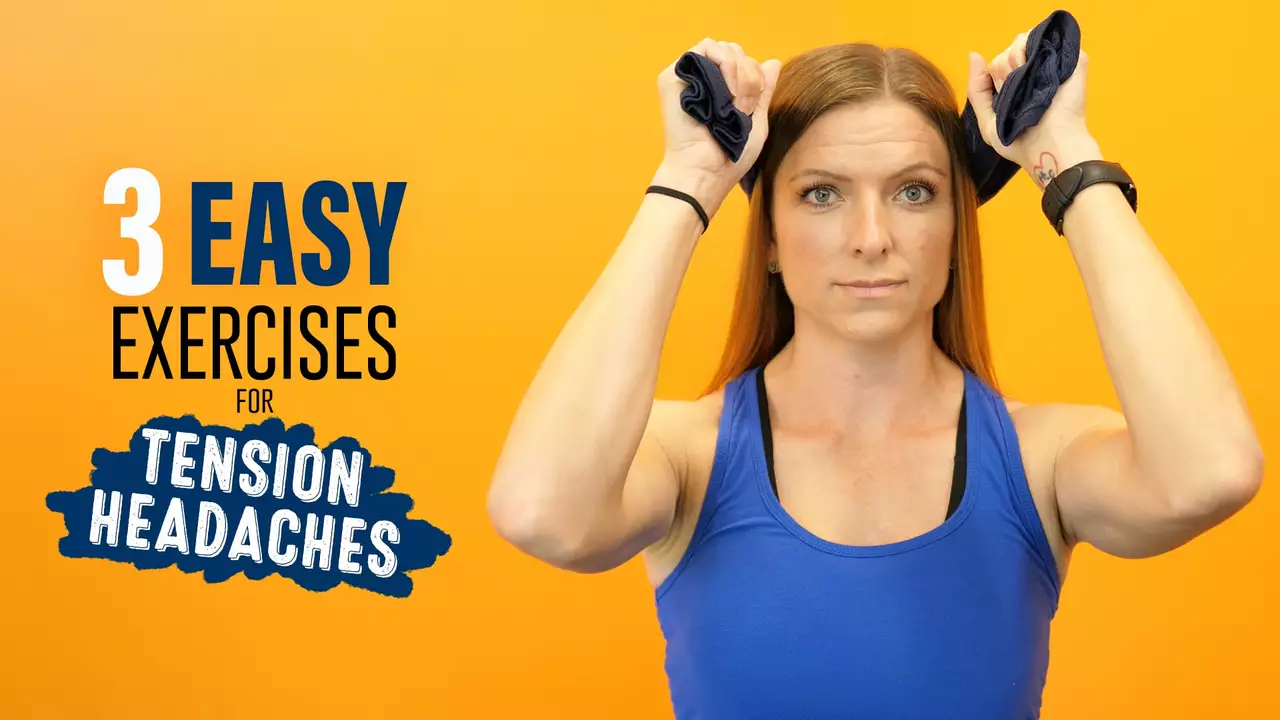Headaches bug everyone at some point. Whether it’s a dull ache or a sharp migraine, figuring out how to ease the pain quickly is the goal. Before reaching for any medication, it helps to know what type of headache you’re dealing with and what triggers it.
Tension headaches are the most common—the ones that feel like a tight band squeezing your head. Stress, poor posture, or even staring at a screen too long can cause them. On the other hand, migraines usually hit harder, with throbbing pain, nausea, or sensitivity to light and sound. Recognizing these differences helps choose the best treatment.
Hydration is a simple but often overlooked trick—dehydration can trigger headaches. Try drinking water and resting in a dark, quiet room when a headache starts. Over-the-counter pain meds like ibuprofen or acetaminophen often work well for tension headaches. But for migraines, treatments like sumatriptan (the generic name for Imitrex) might be necessary. Always check with your doctor before starting new meds.
Some people find relief through natural remedies. For example, applying a cool compress to your forehead can ease pain. Others benefit from regular physical activity or relaxation techniques like deep breathing and meditation, which reduce stress—the big headache trigger. If headaches keep coming back or worsen, it’s smart to see a healthcare professional—they’ll help spot any underlying issues and suggest treatment plans tailored to you.
Living with headaches doesn’t have to control your life. With the right info and simple habits, you can cut down those painful moments and get back to what you enjoy. Keep track of your headaches, notice patterns, and don’t hesitate to reach out for expert advice when you need it.
Posted by
Paul Fletcher
20 Comments

As a fitness enthusiast, I've often experienced headaches during or after exercise, which made me curious about finding the right balance. It turns out that staying hydrated, maintaining a proper diet, and gradually increasing exercise intensity can help prevent exercise-induced headaches. I also learned that warming up, cooling down, and practicing good posture are essential in avoiding these unpleasant disruptions during workouts. For those with chronic headaches, consulting a doctor or a fitness professional can help tailor an exercise routine that minimizes the risk. Ultimately, being mindful and listening to our bodies is key to maintaining a healthy and headache-free exercise routine.
read more